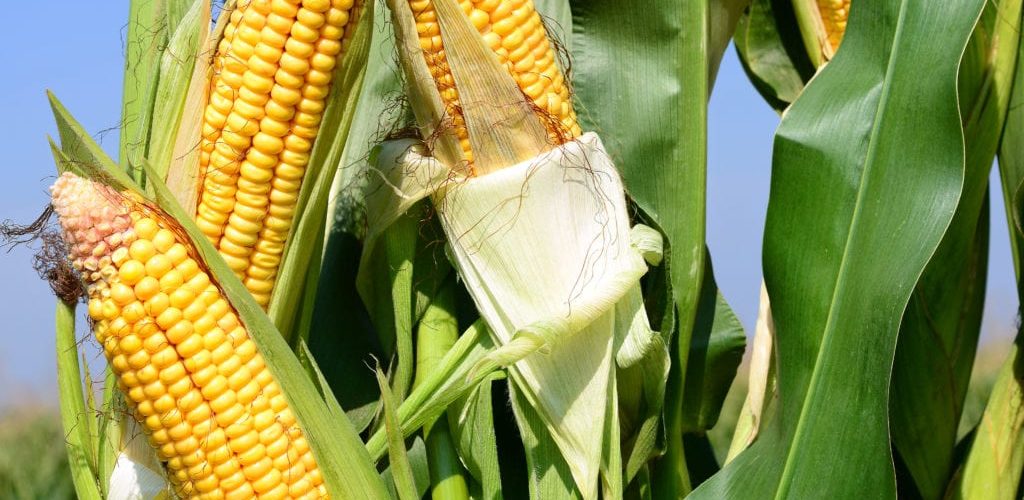
Considering the importance food plays in our lives, it’s a wonder that the FoodTech conversation hasn’t been buzzing as loudly as other industries. But, FoodTech is gaining popularity and it’s easy to see why. A quick google search describes Food Technology as “a branch of food science that deals with the production processes that make foods.” Well, we’re not ones to dispute the internet, but we’re also not ones to accept a description that vague. FoodTech is more than food science – it’s a revolutionary way of looking at the entire process by which food is produced, delivered, and consumed.
Though in the eyes of investors, FoodTech is still nowhere near the much more appealing FinTech and BioTech industries, funding in the FoodTech realm is slowly increasing. Between the years 2012 and 2014, FoodTech investments rose, peaking at 273 deals whose value exceeded $5.6 billion in 2015. With the latest breakthroughs coming out of the industry, it seems safe to assume that funding will only increase.
Innovation in How Food is Produced
As the industry is innovating, greenhouses and farms as we know them may soon be things of the past. FoodTech startups are working to perfect the process of growing fruits and vegetables. They working on ways to speed up the process while using less chemicals and producing less fuel emissions.
One company, Green Sense Farms, created a vertical farming solution that enables them to grow and produce 365 days a year. By integrating innovative solutions to monitor the temperature, humidity, light, water, soil nutrient levels and more in the soil, Green Sense Farms is able to deliver fresh food year round. They have also reduced energy use, greenhouse gas emissions, water waste and land use.
Taking third world countries into account, The Open Agriculture Initiative, run by MIT, took FoodTech innovation one step further with their “food computers”. MIT created completely robotic systems in order to grow nutritious and delicious food indoors, anywhere in the world. As they put it “we are on a mission to create more farmers for the future of food production. We are developing the open source hardware and software platforms for sensor-controlled hydroponic and aeroponic agriculture systems.”
https://www.youtube.com/watch?v=LEx6K4P4GJc
Aside from how produce is grown, one of the most interesting aspects of the FoodTech industry is in the startups that are looking at the way meat is produced, challenging the very core of food creation.
Companies like SuperMeat, want to do more than improve the way food is produced by creating a new form of food entirely. By cultivating animal stem cells, SuperMeat believes they will be able to create GMO free meat that will have the same quality and taste as real animal meat. In addition to appealing to vegetarians and vegans, the idea behind SuperMeat is to mass-produce protein at a fraction of the cost and with a fraction of the environmental impact than current methods.
Innovation in How Food is Delivered
Just as the way food is produced is being challenged, the way food is delivered will continue to be rethought as well.
While it’s unimaginable to think about, there was a time when you had to save a printed copy of your favorite restaurants menu. You had to call the restaurant by phone, speak to an operator, place your order and (gasp) sometimes even pick it up yourself. Today, online delivery offered by restaurants is a given, and technology is hoping to take that one step further. Food subscription boxes have been popping up in recent years. These boxes deliver more than your favorite dish from a menu, they deliver ready-to-make meals. Other companies like The Food Assembly seek to create a digital marketplace for farmers and consumers to directly interact, bypassing the traditional middle-men.
The trend in the way food is delivered is clear – less involvement of middlemen and more reliance on technology. eCommerce and cloud computing giant Amazon entered the FoodTech space with their introduction of the Amazon Prime service for food (delivery from restaurants and shops in less than two hours). However, the big breakthrough came in 2016 with the launch of “Amazon Go” – The grocery store that aims to bring the future to the present. The pilot supermarket operated almost entirely without employees and had no checkout lanes. Instead, shoppers walked in, took what they wanted, and walked out. Nope, they didn’t shoplift, they shopped in the future. The supermarket relies on computer vision, sensor vision, and deep learning technology to recognize what items are picked up by who, and upon leaving the store, charge the shopper on their mobile device automatically through the Amazon Go app.
The Future of FoodTech
As technological capabilities increase, so will the reliance the food industry has on them, hence the rise in FoodTech innovations. Consumers today are smarter, more aware and bombarded with options. This makes the space more competitive and demanding for providers than ever before. In order to stay relevant and ensure longevity, it is important for food enterprises to incorporate innovation at all points. From the growth stage and throughout the manufacturing and distribution process, innovate. The best way to do that is through collaborating with startups that bring innovative solutions and technologies.
Ultimately, as long as demand continues to rise, VC funding for FoodTech startups will rise as well, bringing about the next food-revolution.